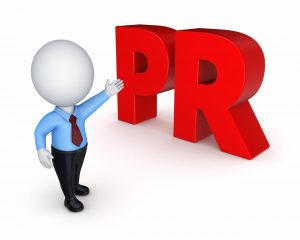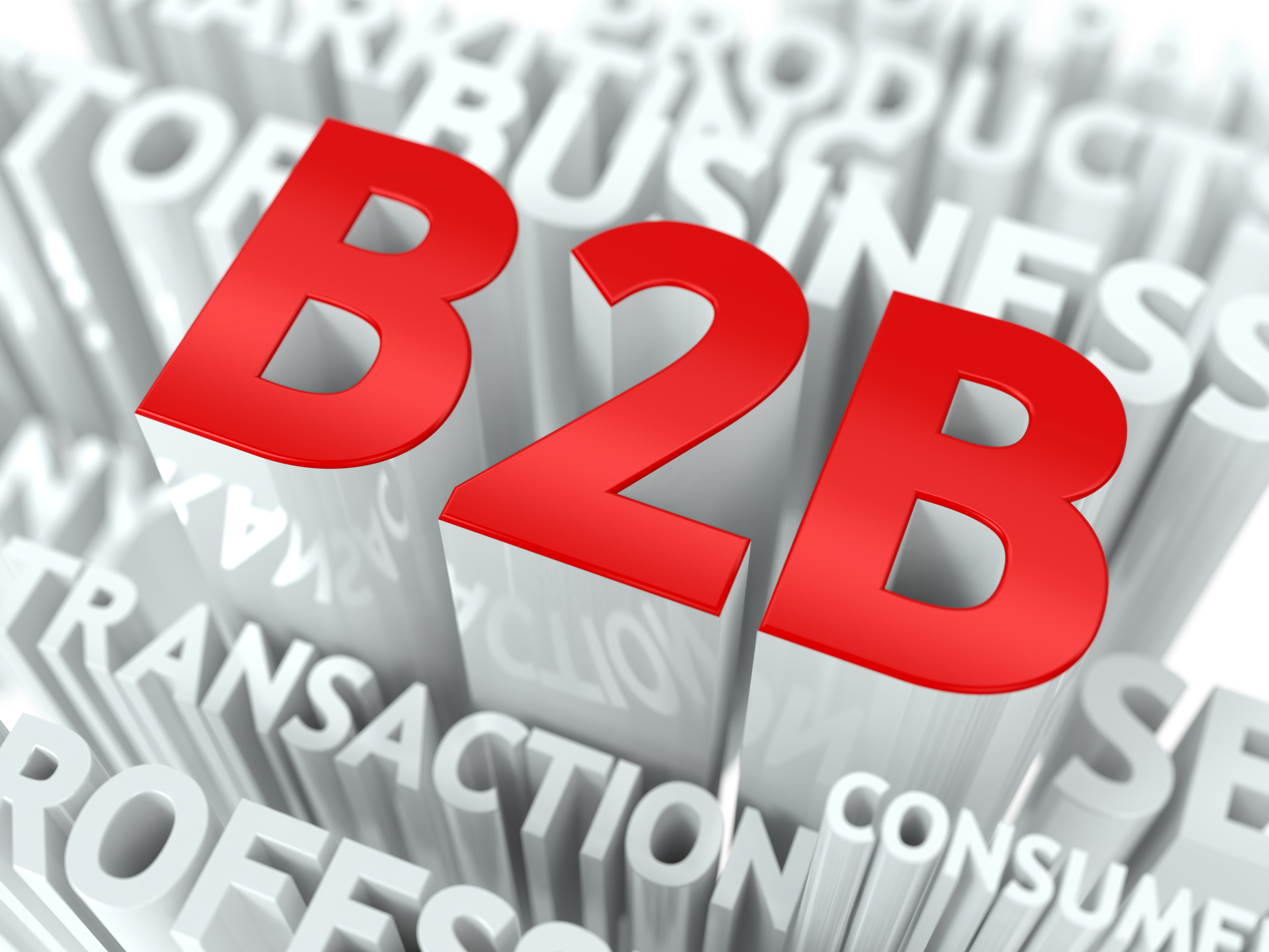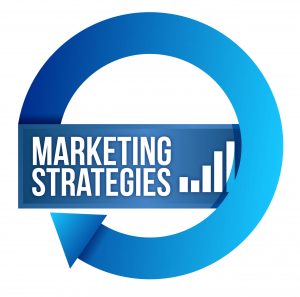After some thirty years in the business I am aware that PR for industrial companies is a topic that engenders very mixed reactions. It is probably the most misunderstood and, dare I say, mistrusted area of marketing – and yet there are companies out there with very long term and mutually successful PR relationships, covering continuous work over decades. These close promotional relationships have contributed to the survival and regrowth of client companies many times in the past and fully expect to do so in this pandemic driven recession.
 Now is a time when all companies are looking for opportunities and to try something different – something they have not tried before – but of course that comes with due caution, perhaps even scepticism. Sadly, those two letters “PR” are linked in the minds of many with the sort of activities we see in the tabloid press – what is referred to as “B2C” (business to consumer) and may well be supported by past negative experiences.
Now is a time when all companies are looking for opportunities and to try something different – something they have not tried before – but of course that comes with due caution, perhaps even scepticism. Sadly, those two letters “PR” are linked in the minds of many with the sort of activities we see in the tabloid press – what is referred to as “B2C” (business to consumer) and may well be supported by past negative experiences.
Industrial marketing is different from retail, white goods, etc which is why we differentiate it as “B2B” (business to business) and we understand that it requires a completely different mindset, experience base and skill set. Industrial PR is not magic, it is a capability or skill like any other supply that depends on ability and experience. 
Classic concerns in the past have been voiced as “I know I need to do something but I don’t know what” and then “we tried it ten years ago but the guy didn’t do anything” or again “we did an advert a few years ago but it didn’t work” – ignoring for the moment the huge difference between an advert and a PR campaign, interestingly these statements have led to relationships of 10 years – even 25 years. The problem seems to focus around the issue of trust, understanding of what is being done and concerns over the level of financial commitment involved – these are significant matters – but as with any new project can easily be clarified and quantified.
Our own experience has been that trust has to be worked on and earned on both sides – this is true for any supplier – be they accountants, carriers or cleaners. It is also true that costs need to be evaluated and likely outcomes envisaged – like accountants, carriers and cleaners you will not initially know what you will really get whatever their proposal says. The proof is truly in the eating of the pudding – poor practices exist in all industries but who would consider not using such suppliers on the basis of either not having any experience of them or one bad experience ten years ago?
To draw an analogy with our personal lives – I don’t suppose that many people stop dating or going on holidays just because one or two relationships don’t work out or last year’s holiday wasn’t as expected.
So, what is the upside of industrial PR and why do I suggest that companies should consider it now?
Firstly, experience over many boom-bust cycles has shown that the best time for promotional investment is when we are in a recession – to support survival, then to speed up the recovery. Of course, a recession is probably just the time when resources are already stretched, so what is required is a relatively low cost but effective approach – a drip-drip strategy which is sustainable throughout an economic cycle.
We can see that the flow of information tends to go from supplier to customer, so the customer may evaluate what they can expect from a prospective supplier or their products – but without a convenient way to tap into this information stream then customers are restricted in their research and their choices. Who of us does not recognise the value of a “good” supplier and the difficulty of finding or replacing one. Industrial trade and technical media, magazines, websites and directories provide this information flow and the opportunity for suppliers in the market to feed into it for general consumption.
For the past decade or more these traditional media have also offered the most important route to the internet both independently and via search engines such as Google, thus greatly enhancing the online presence of companies far beyond the reach of just their own website alone.
Good industrial PR facilitates this communication process by providing valuable information from the suppliers of products and services to reach the potential customers who want to read it – via established and respected media vehicles whatever their format. In recent years we have seen the incorporation of social media, blogging, content marketing and SEO under the umbrella of the PR mix – and again we must differentiate between B2C and B2B use of these approaches. There is a similar and crucial difference even though they use some of the same media, in B2B social media is much less important, but more direct and growing in importance with demographic change while effective blogging is simply self-publicity as an extension of a good website. Content marketing simply refers to the production and use of “content” while SEO is a way of creating and implementing content to encourage search engines to take notice of it. Always the aim is to ensure that a client is preferentially presented when a potential specification or purchase is being considered.
 Good execution involves a process which offers manufacturers of components, assemblies and equipment a lifeline in times of survival and an opportunity in times of growth, by ensuring that client company products and services are continuously presented to potential customers and to existing ones. This involves the presentation of news and new perspectives as in product information, applications, technical updates, ideas and services.
Good execution involves a process which offers manufacturers of components, assemblies and equipment a lifeline in times of survival and an opportunity in times of growth, by ensuring that client company products and services are continuously presented to potential customers and to existing ones. This involves the presentation of news and new perspectives as in product information, applications, technical updates, ideas and services.
Industrial PR therefore rewards client companies by putting them in front of engineers and buyers just at the point when they are forming their decision. It is an ever-present sales tool getting on with the job and responsive to the industrial environment. A PR profile once established needs only a regular monthly trickle feed to keep on working and building connections with customers.
Taken over the long term of economic cycles a PR profile represents capital to rely on for support in difficult times – in times of growth it represents investment paying off by enabling faster recovery, faster growth and slower downturns into the next recession. It lengthens the positive times and shortens the negative ones.
Finally, on the question of cost – it is simply a matter of appropriate choice. I guess we all have a car but few of us choose a sports car when we need a people carrier, or the most expensive when a budget or mid-range will do the job perfectly well. In our business lives we make the same choices about the accountants, carriers and cleaners we need. It should be the same with choosing an industrial PR service where it is especially important to have confidence that the people who will actually deal with your work are knowledgeable about industrial businesses and are sufficiently experienced to be appropriately proactive on your behalf.



